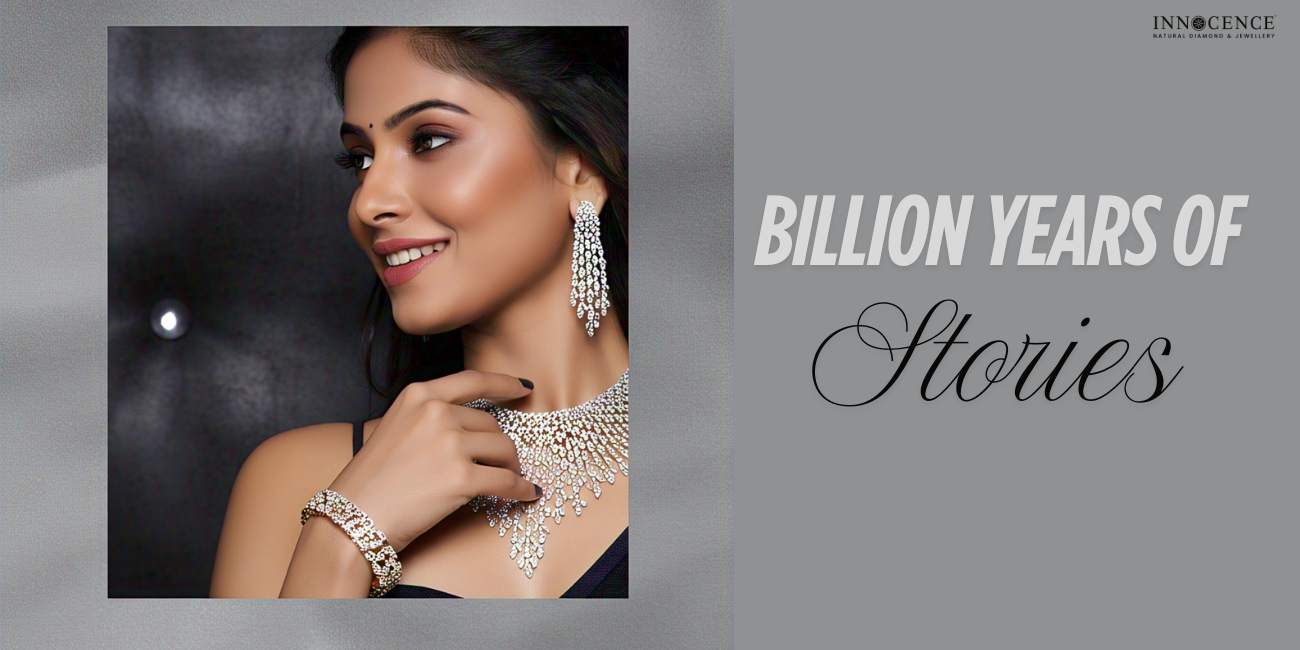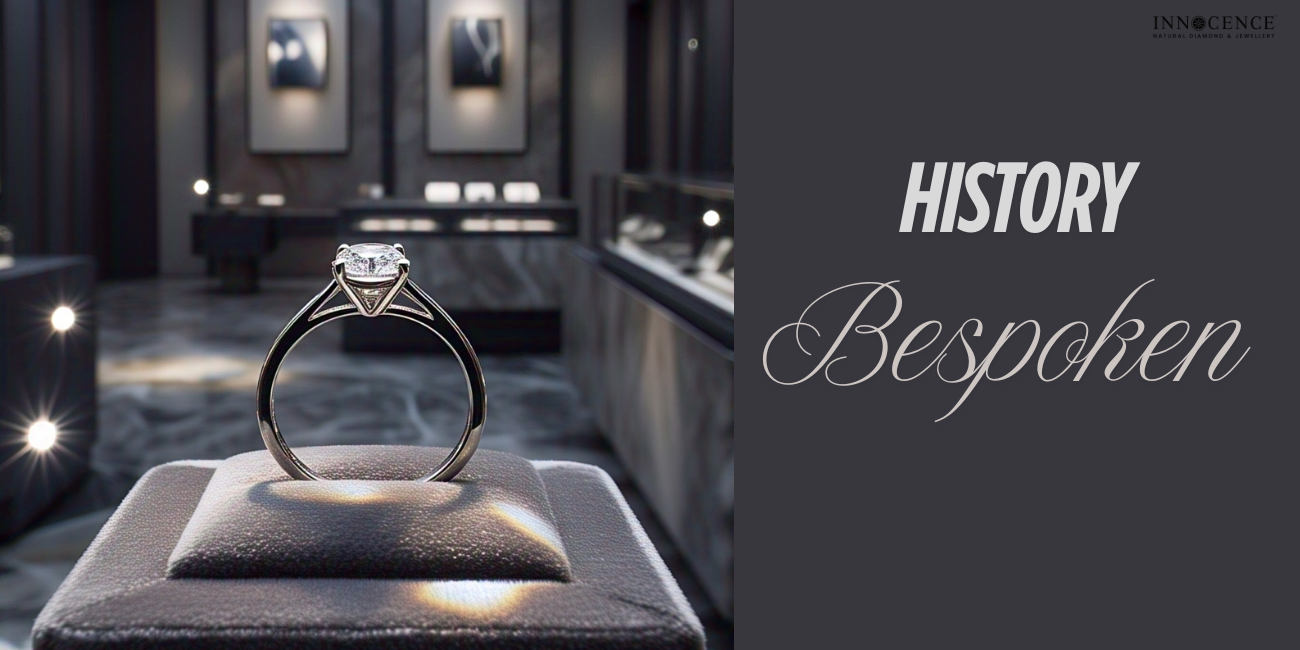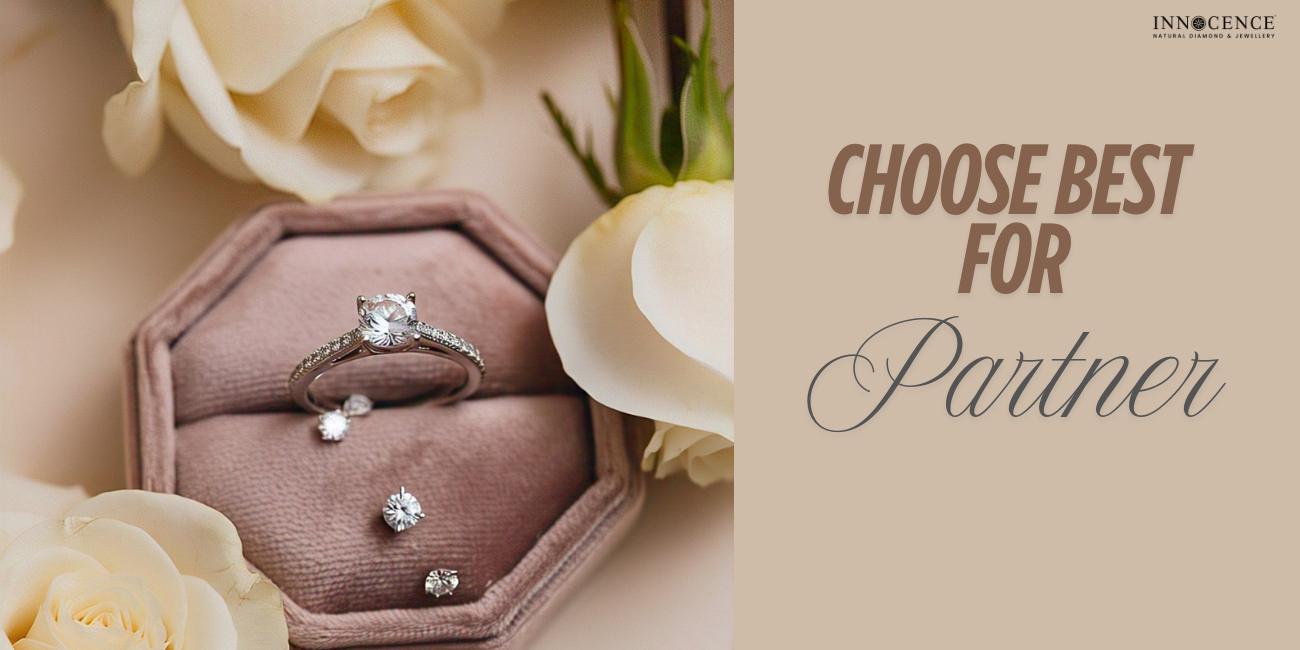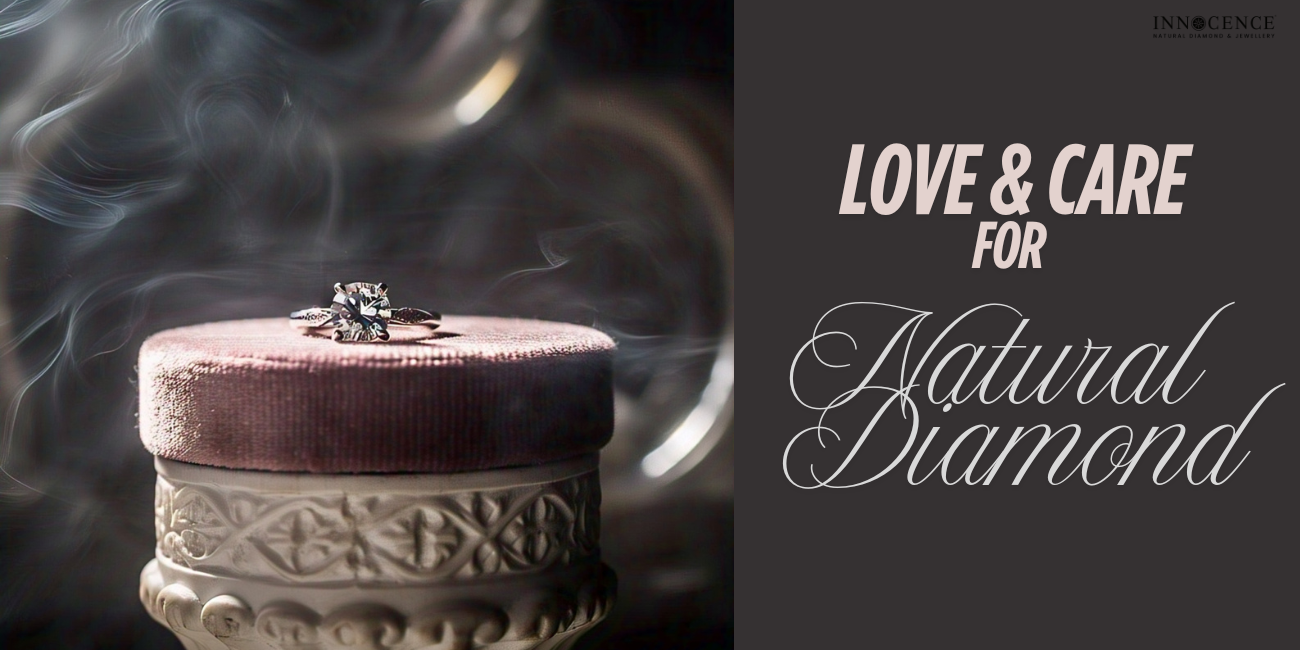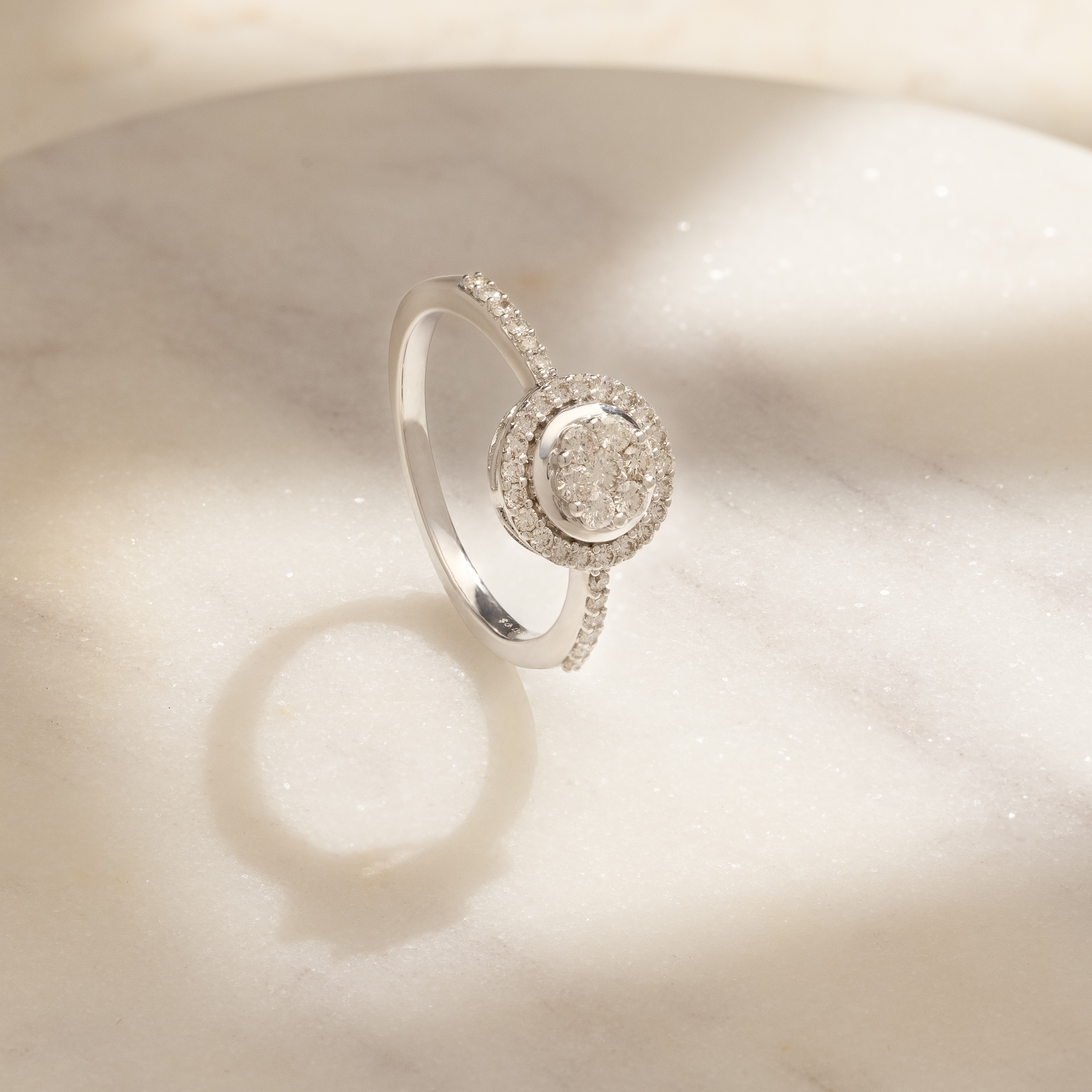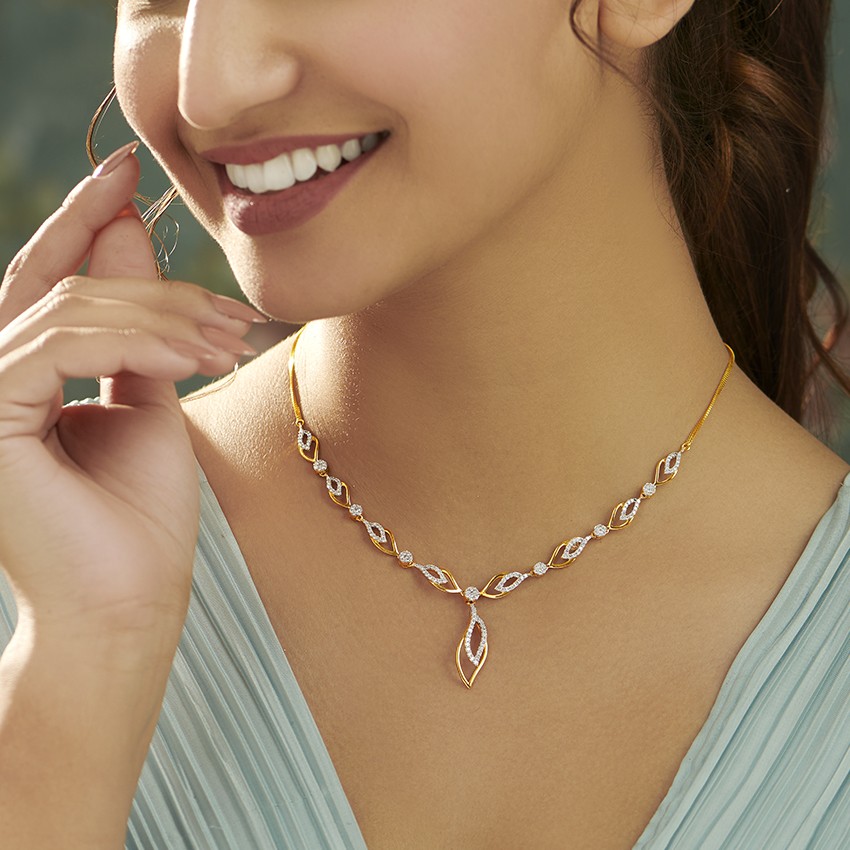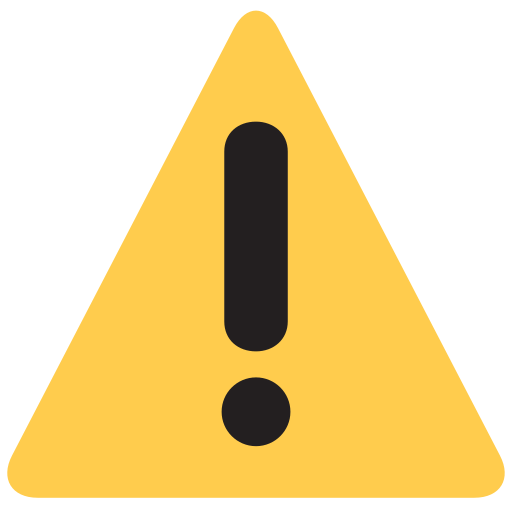How to Identify a Natural Diamond: Tips from Experts
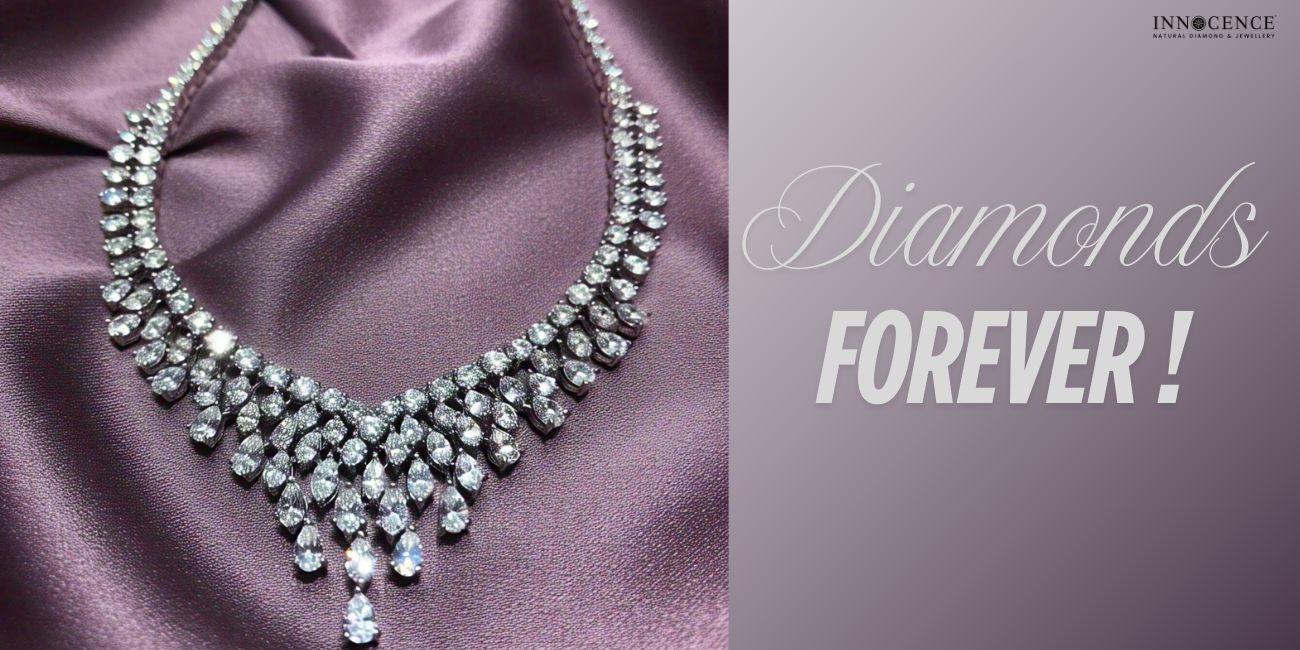
Introduction: Why Identification Matters
In today’s evolving jewelry market, the line between natural and lab-grown diamonds can be confusing—even to experienced buyers.
At Innocence Diamond, we deal exclusively in 100% natural, Earth-formed diamonds, and we understand how crucial it is for customers to feel confident in what they’re buying.
In this expert-backed guide, we’ll walk you through how to identify a natural diamond, using proven methods, industry standards, and tell-tale signs that separate the real from the synthetic.
Why the Difference Matters
Natural diamonds are formed over billions of years deep within the Earth’s mantle, making each one a rare, one-of-a-kind masterpiece. Lab-grown diamonds, though chemically similar, are mass-produced in months and lack the same natural history, value, and emotional resonance.
Identifying a natural diamond ensures you’re investing in authenticity, long-term value, and a piece of Earth’s legacy.
How to Identify a Natural Diamond: Expert Tips
Check for GIA or IGI Certification
The most reliable way to confirm a diamond is natural is through certification from reputable gemological labs like:
-
GIA (Gemological Institute of America)
-
IGI (International Gemological Institute)
These certificates specify whether a diamond is natural or lab-grown, along with a full 4Cs grading.
Tip: At Innocence Diamond, every diamond we sell comes with a GIA or IGI certificate stating it is natural and Earth-mined.
Use a UV Light Test
Many natural diamonds fluoresce blue under ultraviolet light, while lab-grown diamonds can either not fluoresce or exhibit a yellow, green, or orange glow.
Caution: This test is not 100% conclusive. Some natural diamonds show no fluorescence, and some lab diamonds mimic natural reactions.
Inspect Under a 10x Loupe
An expert gemologist can examine:
-
Inclusions: Natural diamonds usually have organic, scattered inclusions like feathers or clouds.
-
Growth patterns: Lab-grown stones often show metallic inclusions or parallel growth lines.
Natural imperfections are a sign of authenticity—not flaws.
Ask for a Type IIa Diamond Check
Most lab-grown diamonds are classified as Type IIa, which are extremely pure and rare in nature. Gemological labs can test diamond types using advanced spectroscopy.
Advanced, but highly accurate in distinguishing lab from natural diamonds.
Look for Laser Inscriptions
Natural diamonds certified by GIA or IGI often have a microscopic laser inscription on the girdle, matching the certificate number.
This inscription will clearly label the diamond as “Natural” if it is Earth-formed.
Can You Tell by Just Looking?
Visually, lab-grown diamonds and natural diamonds look the same to the untrained eye. That’s why relying solely on appearance is risky—certification and lab testing are crucial.
Don’t Rely on These Myths
“If it scratches glass, it’s real.”
Many other materials can also scratch glass.
“Real diamonds always sparkle more.”
Cut quality affects sparkle—not origin.
“Natural diamonds are heavier.”
Lab-grown diamonds have the same density and weight.
Why It’s Safer to Buy from a Trusted Source
At Innocence Diamond, we remove all doubt by offering:
-
Only natural, certified Earth-mined diamonds
-
Full GIA/IGI documentation
-
Expert consultation for complete transparency
We never deal in lab-grown, treated, or imitation diamonds.
Final Thoughts
Distinguishing a natural diamond from a lab-grown one is not just about gemology—it's about honesty, legacy, and value. When you buy from Innocence Diamond, you're not just buying a stone—you're owning a part of the Earth’s timeless beauty.
Always ask for certification
Trust only ethical, expert-backed jewelers
Choose natural for its rarity, history, and authenticity
Shop with Confidence
[Explore Our Collection of Natural Diamonds]
[Book a Free Expert Consultation]
[Learn About Our Ethical Sourcing Practices]
